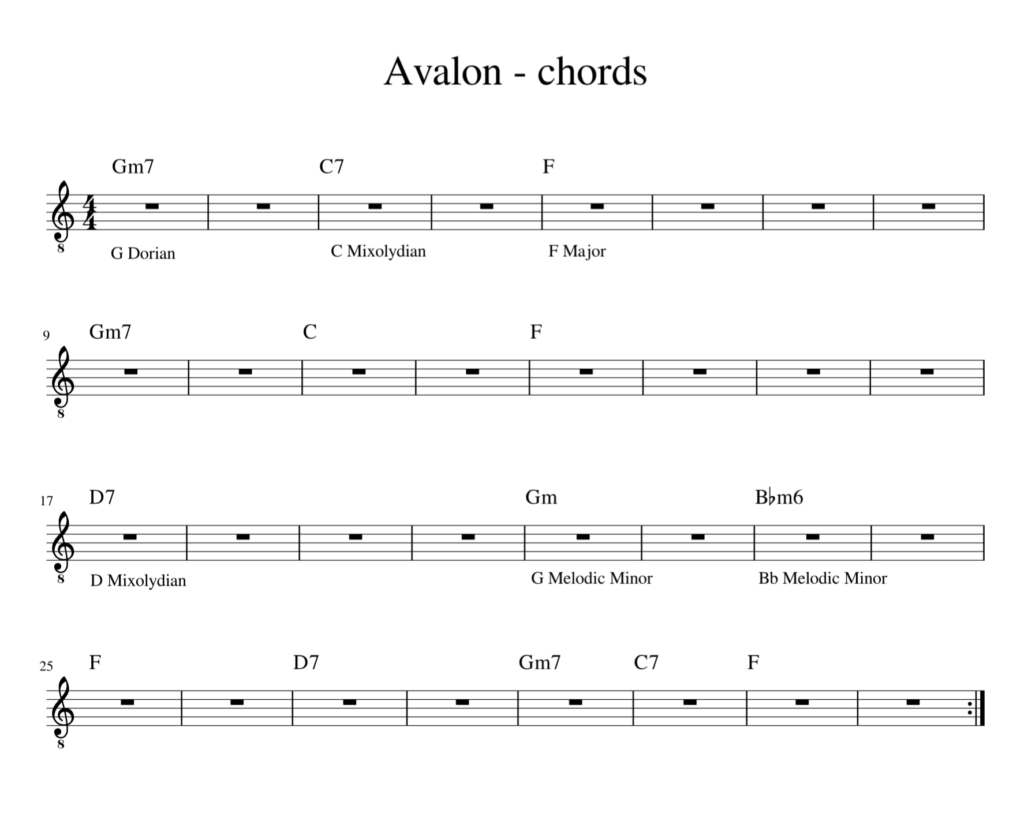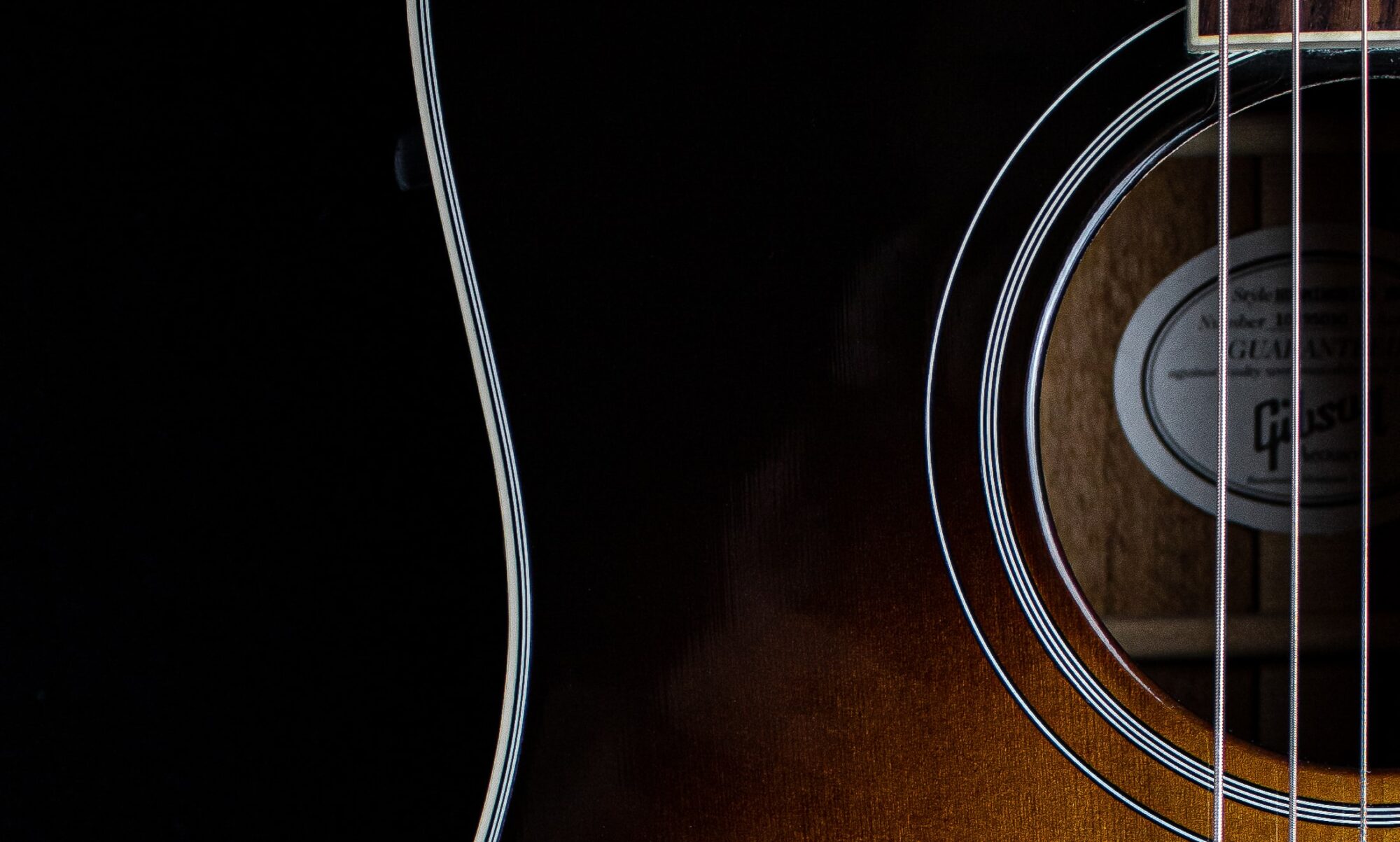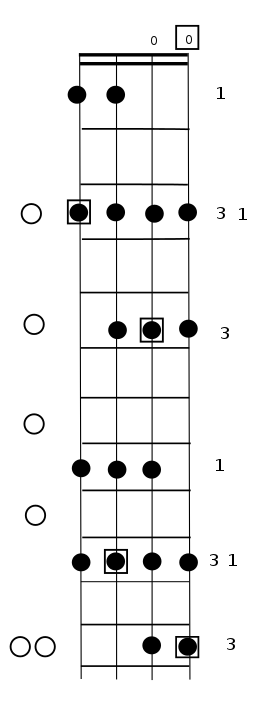This is a practice track for Bass players learning walking bass lines. There is a clear strong drum beat in more or less a rock style to help with keeping the beat steady, but with a Jazz Manouche style rhythm guitar track.
Here are the chords

Here is the practice track without a bass line, so that you can play along on bass!
Here is my bass line if you want some ideas. The first run through I play root notes and fifths on beats one and three of the bar. The second and third runs through I use a walking bass line based on the modes and scales noted in the chord sheet. Bb Dorian may be substituted for Bb melodic minor, depending on taste. I like the melodic minor though because the A natural keeps the sound closer to the home key of F, which also has an A natural. Notice how the feel changes when the bass goes from root fifths to walking!
Enjoy!

